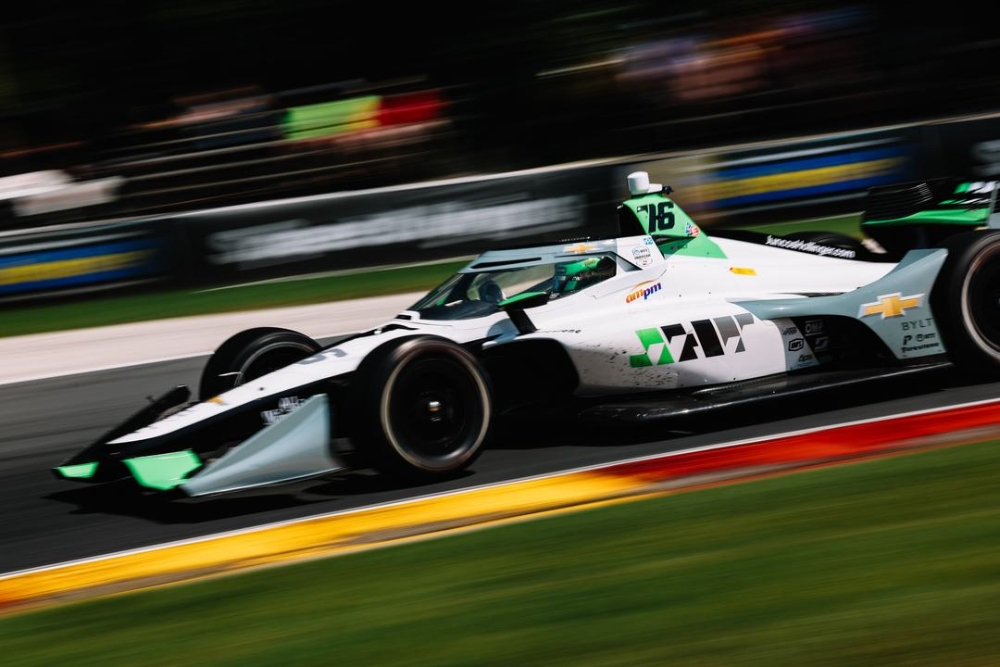
Juncos Hollinger Racing is seeking a technical alliance to improve the competitive fortunes of its two-car IndyCar Series teams, but its approach differs from those who are currently engaged in team-to-team alignments.
Meyer Shank Racing has hired Chip Ganassi Racing to supply race engineers and chassis setup information in the arrangement between the Honda-powered teams, and between AJ Foyt Racing and Team Penske, the same technical support is provided between the Chevy-powered squads along with sponsorship support and the deployment of the Penske-signed David Malukas to Foyt’s second entry.
As JHR co-owner Brad Hollinger looks for ways to accelerate his team’s rise in the championship standings, his thoughts have moved outside of IndyCar’s paddock to Formula 1. Prior to selling his stake and investing in JHR, Hollinger was involved in F1 as a co-owner of the Williams team and has used the relationships forged during that period to recruit a number of ex-F1 staffers for JHR, including team principal Dave O’Neill.
F1’s move to an annual budget cost cap in 2021, and the limitations it has created with the amount of staff F1 teams can carry, which slows the development of new and younger mechanics and engineers in the field, has inspired the owner of Vibra Healthcare to explore the formation of an F1-to-IndyCar alliance.